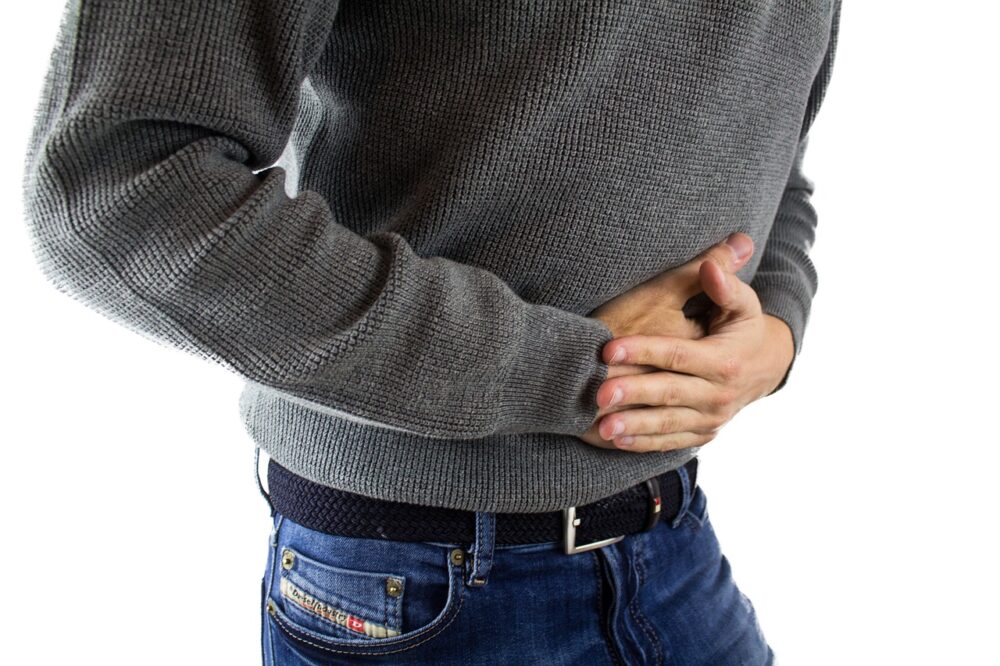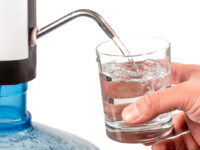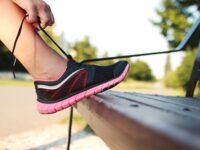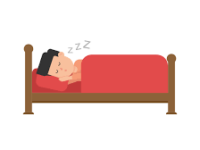While it is generally agreed upon that the stomach bug is unpleasant, most of us find comfort in the knowledge that the queasiness will pass. Unfortunately, for 14-year-old Lillian Brown, her three-day-long virus came with lifelong reminders. On the third day of her illness, the pain in her stomach was so intense that she had to be hospitalized, and the ghost of the pain remained for the next year. As common as nausea is, she anticipated a quick trip to her pediatrician to find her answer. Specialists speculated that her issue might be a gluten allergy, irritable bowel syndrome, or perhaps a cry for attention, but all Lillian knew was that nothing made it better (and stressing about it surely made it worse). For over 400 days, Lillian woke up to constant nausea that caused her to miss out on school, extracurriculars, and her favorite foods with little reprieve. Lillian’s body was seemingly in peak physical condition. Her situation reflected a textbook case of amplified musculoskeletal pain syndrome (AMPS) in a world with no book to reference. It took appointment after appointment, with countless unnecessary medical procedures, until the Center for AMPS at the Children’s Hospital of Philadelphia (CHOP) could piece together what exactly went wrong.
Her situation reflected a textbook case of amplified musculoskeletal pain syndrome (AMPS) in a world with no book to reference.
An extremely painful medical condition, AMPS is a disorder in which pain is not registered by the nervous system in a typical fashion, leading to episodes of pain that may affect any part of the body. Typically, the pain circuit functions when damage occurring in the body sends a signal through a pain nerve to the spinal cord. This signal is transferred up to the brain, and the brain recognizes the signal as one that is painful. However, for patients with AMPS, this signal travels up to the brain as well as along the neurovascular (autonomic) nerves. These neurovascular nerves, also known as flight-or-fight nerves, then cause the blood vessels to constrict, limiting the amount of oxygen and blood flow available to the part of the body experiencing pain. Instead, lactic acid begins to build up, intensifying the pain response; this cycle is a continuous process, amplifying the pain for long periods of time.
An extremely painful medical condition, AMPS is a disorder in which pain is not registered by the nervous system in a typical fashion, leading to episodes of pain that may affect any part of the body.
There are many factors that affect amplified pain such as age, genetics, and hormones, but specialists have narrowed down three major causes of AMPS: injury, illness, and psychological stress. The onset of the pain can very much localize from a real event in which the body is suffering — such as an injury to the bone or muscle or an illness seen with inflammatory or infectious conditions. For children with AMPS, this pain lasts far longer than expected. Amplified pain comes in many forms including diffuse, localized, and intermittent as well as complex regional pain syndrome; associated episodes can be constant or sporadic, affecting areas as small as a singular limb or organ or as large as the whole body.
With fewer than 10 facilities across the country offering treatment for children with juvenile AMPS, there is little research and awareness about the disorder. Luckily, not all hope is lost; the team at CHOP has devised a treatment program leading to 92 percent of patients becoming symptom-free and 88 percent of patients doing well after five years post-therapy. Treatment involves a melting pot of techniques and approaches ranging from nonspecific physical exercise to desensitization therapy to stress management. Each child’s experience is unique and tailored as they spend frequent sessions at the Center for AMPS clinic.
Before the clinic at CHOP, Zofran, a prescription anti-nausea medication, was Lillian’s last hope — or so she thought. When an established gastroenterologist hypothesized that this condition would last the rest of her life, it seemed like the answer was nowhere to be found. It turns out, although her condition was localized to her stomach, the key to a healthier, happier life was nonspecific physical exercise. Doctor’s orders included running 45 minutes daily, at times when her nausea was at its worst. Running mile after mile, day after day, coupled with anti-anxiety therapy, gave her mind the impression that her body was getting stronger — strong enough to fight off the virus that never left. Now six years later, Lillian’s condition has yet to make a comeback.
Lillian is not alone in her pain, but she should not be alone in her recovery either. As gaining knowledge of her own body’s strength helped her mind fight her illness, spreading awareness of AMPS can help thousands of kids worldwide.
Image courtesy of Pixabay





